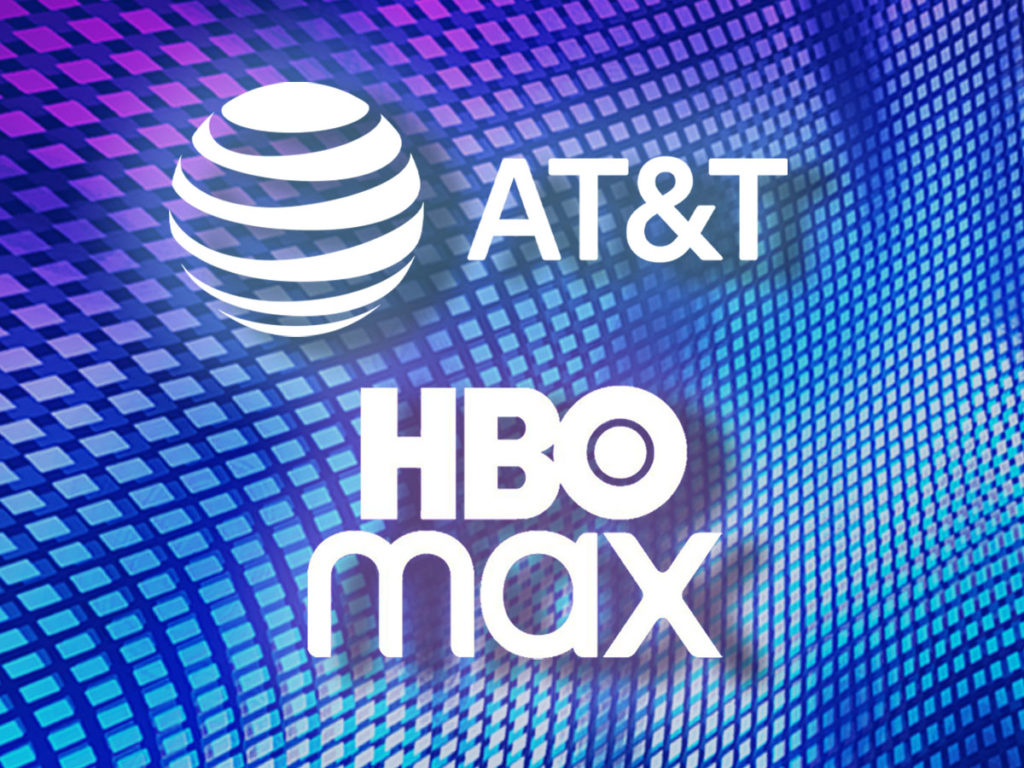Blast From the Past: Streaming is Reviving the TV of Old
by Frankie Karrer
4 Min Read
CES 2024: Stagwell (STGW) and MNTN Announce Partnership in Unified Performance SolutionsLearn More
The telecom giant retreats from the linear TV space while doubling down on streaming TV

3 Min Read
AT&T made waves with their $48B acquisition of DirecTV back in 2014. Now, their significant investment into the linear TV world is ending with a whimper.
The telecom giant inked a deal with private equity group TPG to sell a large minority stake in the satellite broadcaster. The deal, worth just $7.8B, is a significant hit to AT&T, and when compared to the initial $48B price tag, illustrative of what a disaster the acquisition has been.
Interestingly, AT&T isn’t abandoning the television market completely. While offloading the linear TV portion of their business, they’ve reaffirmed and upped their investment into the fledgling HBO NOW streaming service. This is a bellwether move for the industry at-large; we’re seeing more and more headlines of major players in the media space moving toward a streaming-first approach.
While HBO MAX has seen its own troubles with its launch and initial struggles with adding subscribers, AT&T still sees it as the future of their television business.
The streaming service has seen a recent turnaround in fortunes with more subscribers adding the service in December 2020, leading to AT&T recently raising their subscriber forecast. What’s more, the long-rumored ad-supported tier was made official and will launch in June.
The ad-supported tier will likely attract more price-conscious consumers who have developed streaming subscription fatigue; you can only add so many low-cost subscriptions before the total cost balloons, after all.
This is a good indicator of the future of Connected TV as well; major traditional TV players like NBCUniversal and CBS have ad-supported tiers available on Peacock and Paramount+, respectively. This is a good thing for every player in the space; ad sales benefit the publisher with a diversified revenue stream (subscriptions + ad revenue), consumers get to pay a reduced price for access to premium TV content, and advertisers have an avenue to reach their target audiences with TV campaigns.
Consumers are shifting over to streaming television at a record pace, and it’s likely that it’ll be the dominant form of TV consumption in the next decade. AT&T saw the writing on the wall with this recent move–and one must wonder what the streaming TV power hierarchy would look like today if they had this foresight back in 2014.
Regardless, AT&T is making a smart move here. Connected TV is not only attracting more viewers, it’s a better bet for future ad revenue as well. Advertisers are flocking to it as well to take advantage of better audience targeting and measurement tools—something that has been lacking on linear TV since its inception. The ability to target specific audiences then measure ads’ impact is attracting more and more budget, and AT&T is now in a position to start claiming their share of it.
Subscribe to the report Apple, Amazon, NBC and more use to get their CTV news.